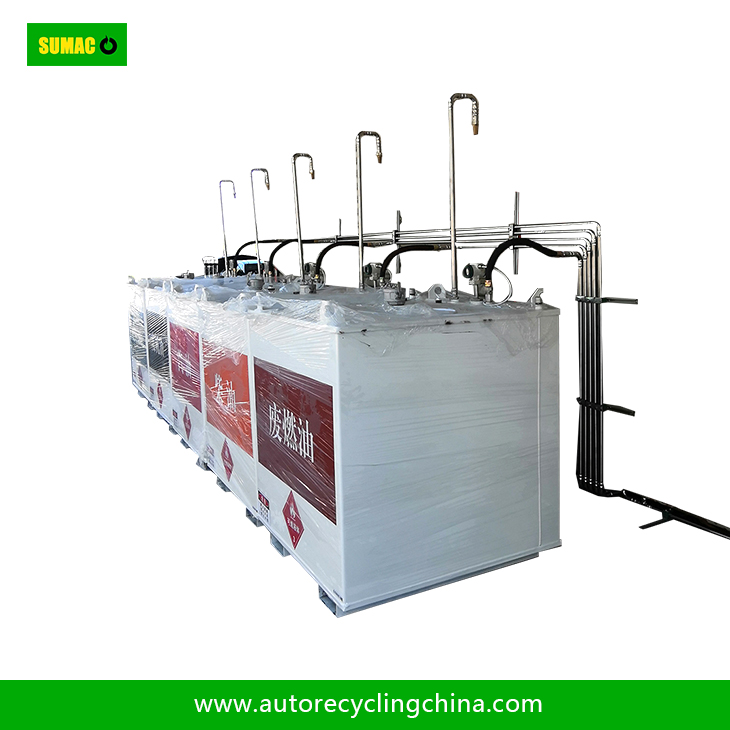After cleaning a gasoline transfer tank, verifying the absence of residual contaminants is critical to ensure safety, prevent cross - contamination, and maintain fuel quality. Here are the key methods and procedures for detecting residues:
1. Visual Inspection
- Direct Observation: Inspect the tank interior using proper lighting (e.g., LED flashlights or borescopes) to check for visible signs of residue, such as oil films, sediment, or discoloration on walls, floors, or baffles.
- White Cloth Test: Wipe a clean, white cloth against the tank surfaces. Any staining or odor on the cloth indicates residual contaminants.
2. Solvent Sampling and Analysis
-
Rinse Sampling: Collect rinse water or solvent used during the final cleaning stage. Analyze the sample for:
- pH Level: A neutral pH (around 7) suggests effective removal of acidic or alkaline residues.
- Hydrocarbon Content: Use methods like gas chromatography or infrared spectroscopy to detect trace amounts of gasoline or other hydrocarbons.
- Particulate Matter: Filter the rinse sample to measure suspended solids, indicating incomplete cleaning.
3. Residual Gasoline Vapor Detection
- Explosive Gas Detectors: Use calibrated sensors (e.g., LEL [Lower Explosive Limit] meters) to measure gasoline vapor concentrations. Levels must be below 10% of the LEL to ensure safety.
- Odor Detection: While subjective, a strong gasoline smell may indicate lingering vapors, necessitating further ventilation or cleaning.
4. Surface Residue Testing
- Swab or Tape Testing: Use solvent - wetted swabs or adhesive tapes to collect residues from tank surfaces. Analyze the samples using techniques like Fourier - transform infrared spectroscopy (FTIR) to identify chemical residues.
- ATP Bioluminescence: Detect organic residues (e.g., microbial contamination) by measuring adenosine triphosphate (ATP) levels, which indicate biological activity.
5. Microbial Contamination Checks
- Culture Plates: Swab tank surfaces and incubate samples on nutrient media to grow bacteria or fungi, indicating microbial residues.
- PCR Testing: Use polymerase chain reaction (PCR) to detect specific microbial DNA, especially for hidden biofilms.
6. Pressure and Leak Testing
- Pressure Decay Test: Seal the tank and apply slight pressure (e.g., 1 - 2 psi). Monitor pressure drop over time; a significant decrease may indicate leaks or residual contaminants affecting seal integrity.
- Bubble Test: Apply a soapy solution to seams and connections. Bubbles indicate leaks, which could be caused by residual debris blocking proper sealing.
7. Compliance with Standards
- Regulatory Limits: Ensure residue levels meet industry standards (e.g., ASTM D4814 for gasoline purity) or local environmental regulations.
- Documentation: Maintain records of test results and cleaning procedures for auditing purposes.
8. Final Verification Steps
- Re - inspection After Drying: Allow the tank to dry completely, then re - check for residual odors or visual signs of contamination.
-
Pre - Filling Checks: Before refilling with gasoline, inspect all connections, filters, and valves to ensure they are clean and free of debris.

